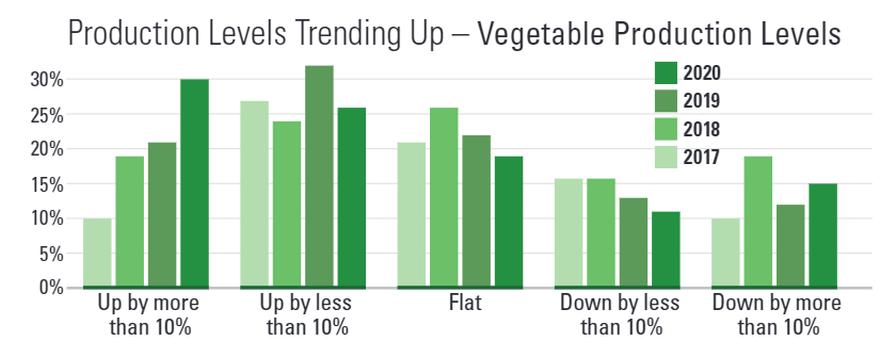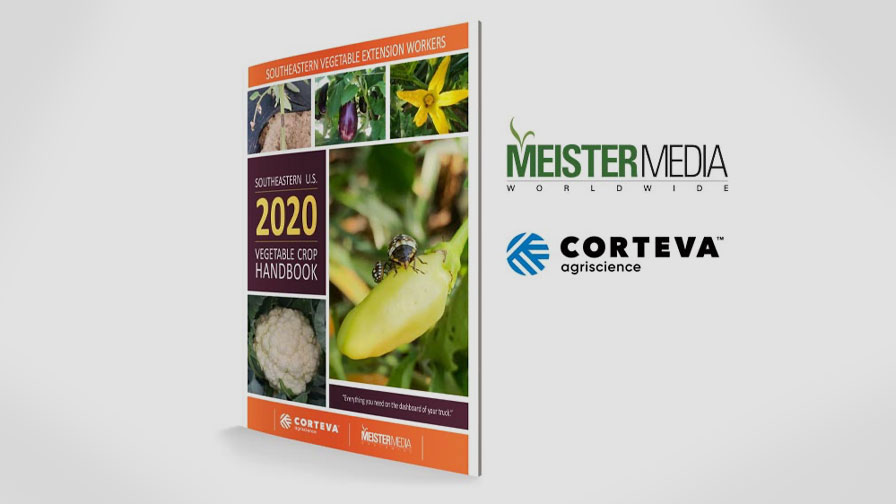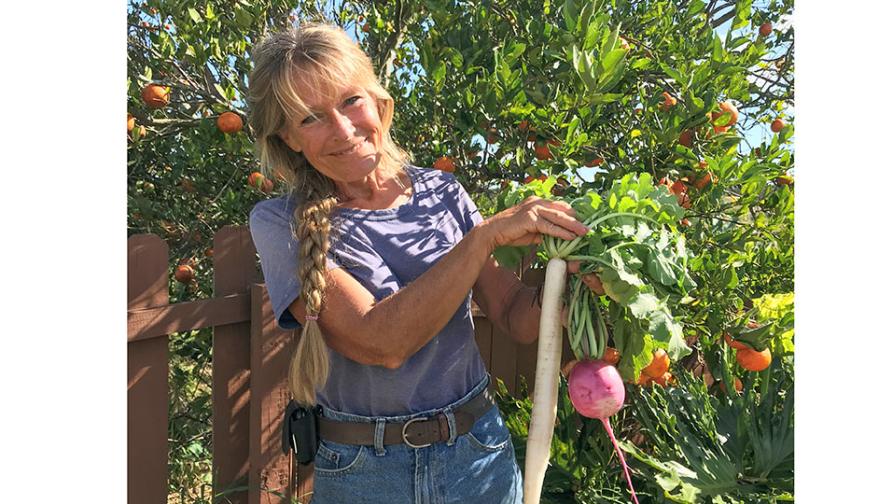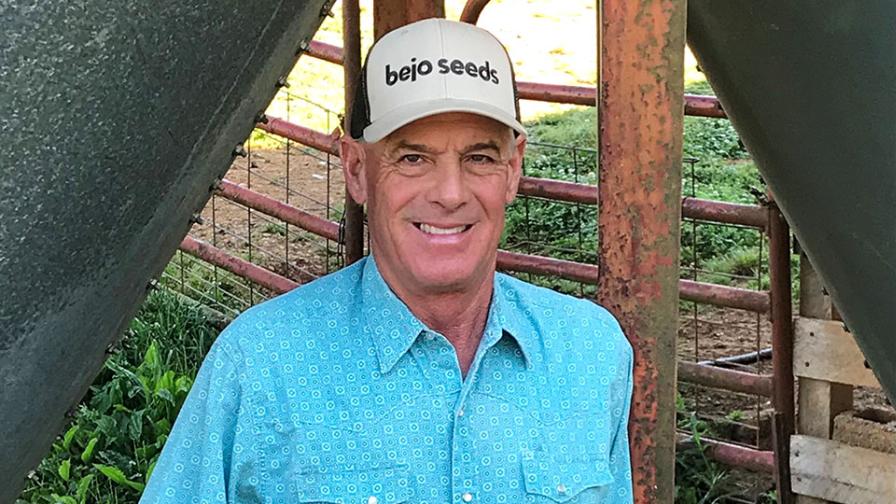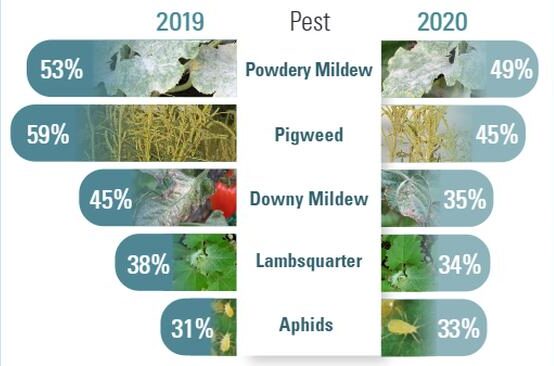What Drove Production Increases for Vegetable Growers in the Last Year?
For the first time since American Vegetable Grower started asking how your production compared to the previous seasons, the No. 1 answer was “more than 10%.” In past years, the most common response has been production levels were either flat or up slightly.
Sometimes increased production leads to gluts. This year’s increase looks like a sign of health, however, since crop prices also rose.
But increased vegetable production levels do not mean growers had no production challenges. We asked two growers who say their production was up significantly this past year about which issues they dealt with during the 2020 season.
Gayle Thorpe, Thorpe’s Organic Family Farm, East Aurora, NY
Like many growers, Gayle Thorpe, owner of the Upstate New York organic operation, says the pandemic spurred consumers to focus on where their food came from.
“We grew more last year due to the demand for good local organic food. This was partially due, perhaps, to the COVID-19 virus really making people think about their food supply,” she says.
The farm grows both specialty crops and row crops. That includes a wide selection of vegetables, blueberries, grains, hay, and cover crops. Thorpe devotes about 100 acres to vegetables and blueberries on her 2,800-acre farm.
Insects and weeds were her main challenge this past year, including wire worms in muskmelons and Swede midge in the brassicas, especially broccoli.
The latter led to Thorpe considering dropping the crop. Instead, she dropped production down to a trial size, experimenting with different treatments.
“We discovered that if we used crab meal in our greenhouse growing media, it seemed to help. This produces chitin, and I thought it could become systemic in the young brassica transplants. It seems to have worked last year, and we had a great fall broccoli crop, both of the sprouting types and of the regular heading varieties,” she says.
Thorpe is still cautious, however, and is growing less spring broccoli until she and her team experiment further.
As for weeds, theoretically weeds like foxtail, pigweed, lambsquarter, and ragweed are easy to control. But that’s only true in ideal weather and perfectly working equipment.
“In real life, though, you had a valve stem go on your tractor tire, you didn’t have enough help to plant, harvest, sell, have CSA pickups, and cultivate all at the same time. Perhaps to make it more interesting, it rains all through the critical time period when you should have been cultivating,” Thorpe says.
Weeds like morning glory and nutsedge can be even worse nuisances, she says. For one, morning glory looks like sweet potato vines.
“You can’t have just anybody hand weed them because you might lose everything. So, you decide you need to do it yourself. In your spare time,” she says wryly.
Nutsedge puts pressure on her strawberry crops — and her limited labor.
“Cultivation isn’t enough. [Nutsedge] has to be hand pulled, nuts and all, and preferably carried out of the field. Those nuts live a long time and come back to haunt you,” she says.
Despite the challenges, Thorpe has no plans to back down from farming.
“A farmer never gives up. He or she keeps trying to find a way to conquer the weed or bug that threatens to annihilate their crop, hence their livelihood and way of life.”
Tony Slaughter, Tony L Slaughter Farms, Fordtown, TN
Tony L Slaughter Farms, located in Northeast Tennessee close to both the Virginia and the North Carolina borders, specializes in local grocery stores and, to a lesser degree, direct-to-consumer sales.
Owner Tony Slaughter isn’t quite sure why his production levels were so healthy last year. The farm had a good season and started a new fertility program.
He works closely with Dr. Allen Straw, an independent consultant and past Extension agent and researcher at Virginia Tech and University of Tennessee, to improve drip irrigation, fertility, and spraying.
“I couldn’t have had the success I’ve had if it weren’t for Dr. Straw. If I have a problem, he’ll look at it and give advice on what to use,” he says.
His main production challenges this past year were diseases, especially phytophthora.
“You don’t see phytophthora until you’ve got it. It’s hard to stay ahead of. Fumigation isn’t something we’re currently using, but we’re going to have to look at that very closely,” he says.
Wildlife has been another major production challenge. He’s constantly battling deer, groundhogs, and raccoons.
“We put up a 3-D deer fence. It worked great. For a week,” he says.
The farm will shift its production in one significant area this year. It’s trialing a new program with a local grocery store chain, Food City. He will deliver certain crops like tomatoes directly to the store instead of through distributors. The hope is it will allow him to harvest tomatoes that are truly ripe, since the shelf life time span shrinks. The trial will naturally affect harvest timing and add delivery scheduling.
He grows several other crops for the retailer, including half-runner beans, squash, zucchini, and specialty peppers.
Harvest timing has a big influence on tomatoes’ flavor, more than most crops. For that reason, Slaughter has high hopes for the new program.
“People go to traditional supermarkets for two things, in my opinion — produce and meat. Then while you’re there, you’ll buy anything else you need.”
So, if consumers notice a big improvement in produce flavor, it may increase demand for more.
When we compared the top pests of this past season with 2019’s pest pressures, we found significantly fewer growers reported issues this year. Of the top five, only aphids had an increase over the previous year. For this list, we combined disease, insect, and weeds.
Insect pressure reports also fell overall, however. Aphids was the No. 1 insect problem in 2020, but it was a percentage point less than the 2019 No. 1 pest, thrips. Only 26% of growers reported issues with thrips this year (this year’s second most problematic insect pest). If the same number of growers had reported thrips as a problem in 2019, it would have ranked fifth overall instead of second.
We wish to thank our sponsor for its support of our 2021 State of the Vegetable Industry reporting.




